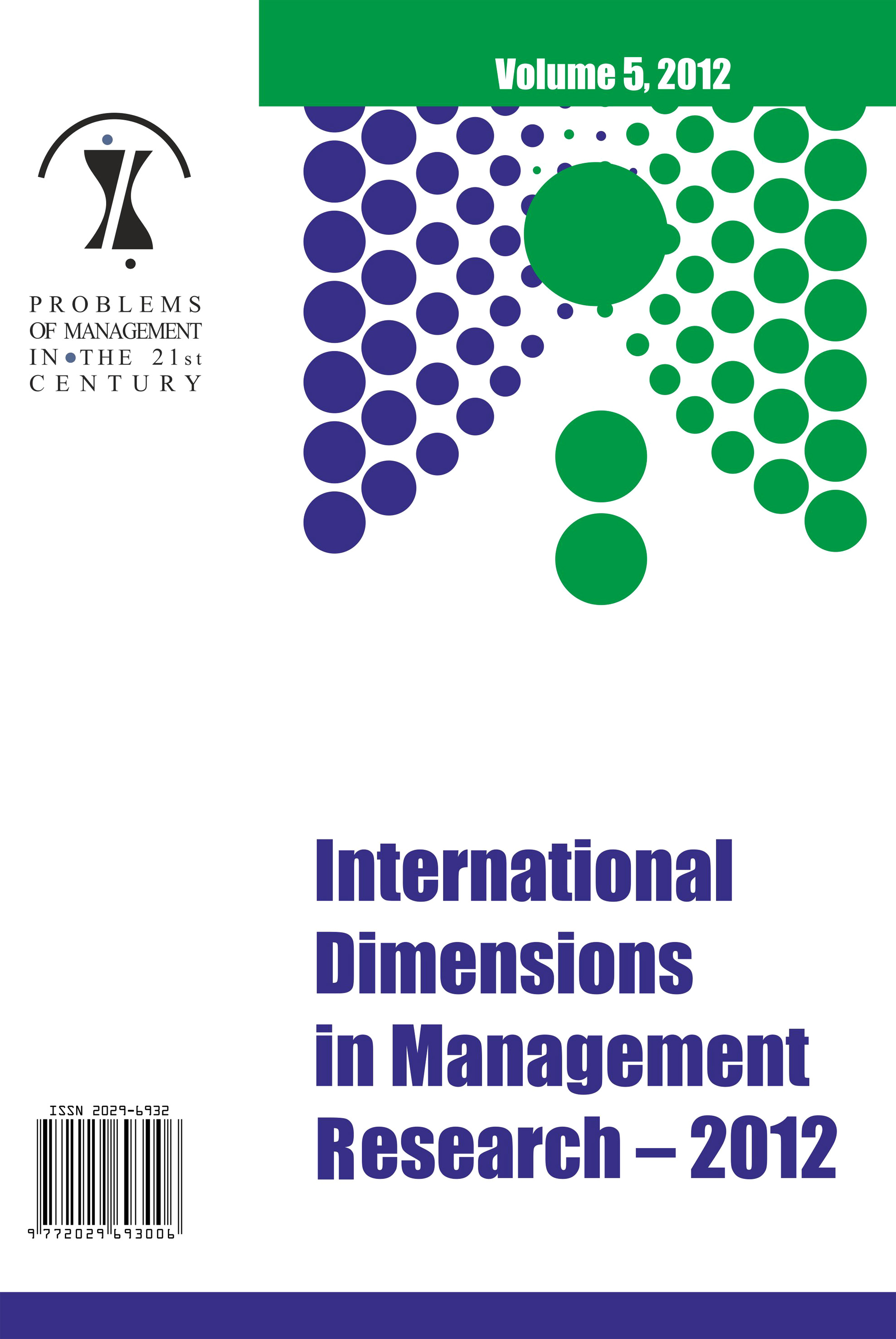CHALLENGES OF THE PROJECT PLANNING METHODS IN THE 21ST CENTURY
CHALLENGES OF THE PROJECT PLANNING METHODS IN THE 21ST CENTURY
Author(s): Zsolt Tibor KosztyánSubject(s): Economy, Business Economy / Management
Published by: Scientia Socialis, UAB
Keywords: Project Expert System; matrix-based project planning methods; multilevel project planning;
Summary/Abstract: There are a lot of project planning (like Gantt chart (Gant, 1910)) and network-based scheduling methods (like CPM, PDM, GERT (see i.e. Kelley-Walker, 1959, Pritsker 1966)), they were developed for handling traditional (e.g. construction) projects. While these methods are appropriate for the operation level - logic planning, scheduling, cost and resource allocation - of traditional project managemet, these methods can hardly be used for agile and extreme project management. Network-based methods focus on operation level, while for strategic decisions other methods should be used.Matrix-based methods can be used for planning agile methods (see Kosztyán-Kiss 2010-2013), however these methods also focused on operation level.This paper introduces an improved matrix-based method, the extended Multilevel Project Expert Matrix (xMPEM) method. This method can be used not only for operation, but strategic level of project management, where typical strategic questions arise e.g. which subprojects/tasks should be completed, how to treat priorities of completion in case of defining logic planning, how to support not only traditional but agile project management approaches.In this paper a multilevel genetic algorithm (MLGA) will be specified in order to determine possible project scenarios and possible project structures. The introduced xMPEM and MLGA methods can serve as the connection between operation and the strategic level of the project management.
Journal: Problems of Management in the 21st Century
- Issue Year: 5/2012
- Issue No: 1
- Page Range: 46-60
- Page Count: 15
- Language: English

